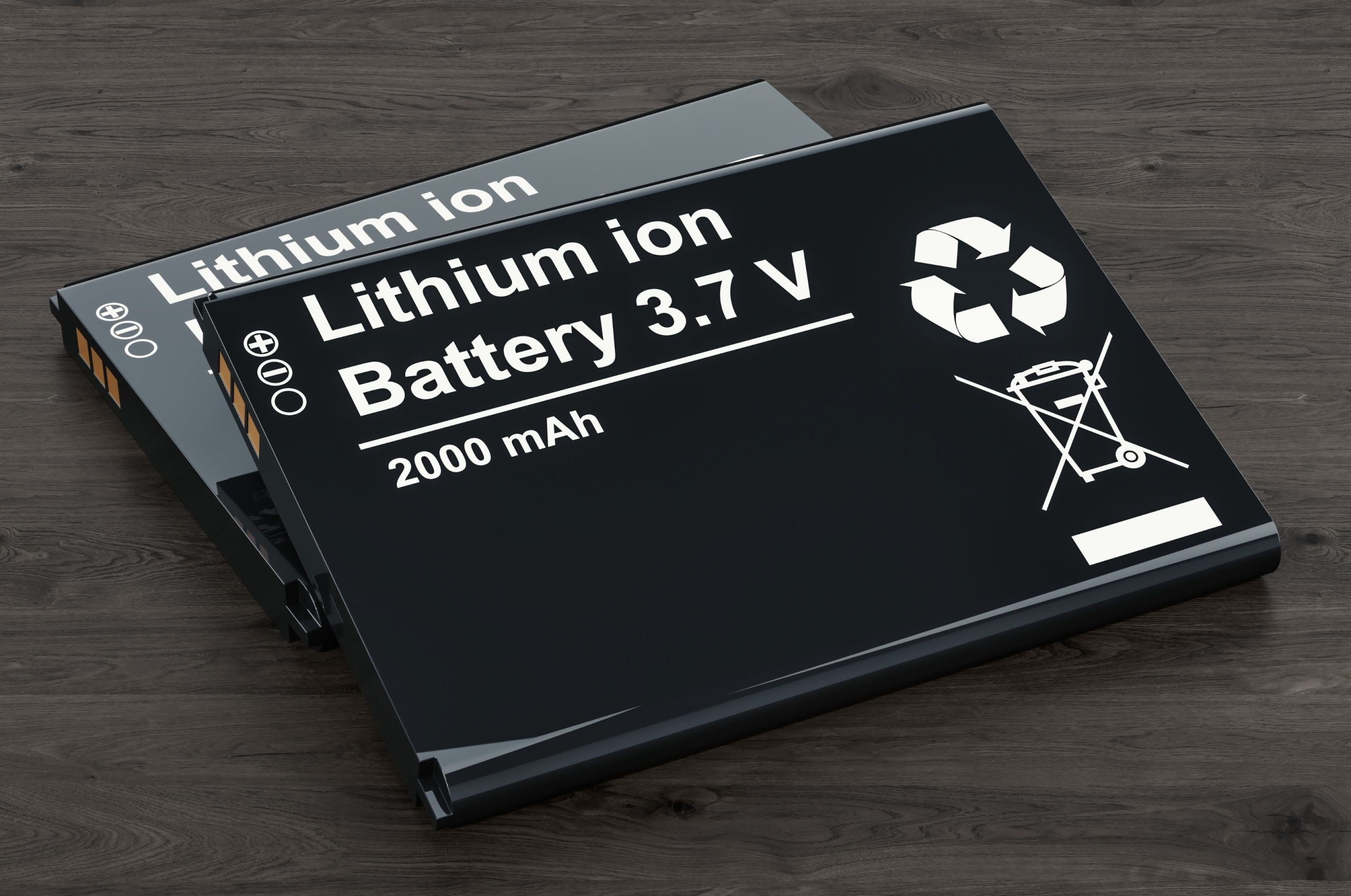Rethinking Supply Chains: Battery Recycling as a Strategic Mineral Reserve

As the demand for advanced battery technologies accelerates at a record pace, the global spotlight has turned sharply toward the critical minerals that power today’s world. But beneath the rapid rise of gigafactories and EVs lies a more pressing challenge: how to sustainably secure the supply of essential materials like lithium, cobalt, nickel, and manganese.
The Clock is Ticking on Mineral Supply
According to the International Energy Agency, the world could face a high-risk supply gap for lithium by 2030. Meanwhile, the battery sector’s appetite for nickel is projected to grow at a CAGR of 13.1% between 2023 and 2034. This trajectory is not just steep, it’s unsustainable without significant intervention.
Battery recycling is no longer a supplementary measure, it’s a critical enabler of the global energy transition. Relying solely on raw material extraction is not only environmentally taxing but also geopolitically volatile. What we recycle today directly influences our ability to manufacture tomorrow.
The Case for Circularity
By recovering key materials from spent lithium-ion batteries, we can reduce dependence on raw material extraction, protect supply chains from geopolitical instability, and cut the environmental impact of mining.
That’s why Recyclus is continually scaling up industrial battery recycling solutions that transform used batteries into black mass – a concentrated material rich in critical minerals. This recovered black mass is a crucial feedstock for the global supply chain, enabling manufacturers to close the loop and keep vital resources in use.
Untapped Potential Already in the System
There’s already an enormous amount of recyclable feedstock in circulation. Lithium-ion batteries power nearly every aspect of modern life, from smartphones and EVs to power tools and industrial systems.
The opportunity is clear: by building out national and regional recycling capacity now, we can ensure those batteries stay in the system rather than being lost.
Recent market data reinforces this approach: by 2030, recycled content is expected to account for 23% of the global cobalt supply. And in the same timeframe, batteries made from recycled minerals will jump from 7% to 26% (Volta Foundation Battery Report, 2024).
These figures aren’t just encouraging, they’re a call to action.
Recycling is Not Just About EVs
While electric vehicles often dominate the headlines, the reality is broader. Critical minerals power everything from smartphones and laptops to smart grids and data centres. A shortage doesn’t just stall EV production, it halts communication, logistics, and even essential services.
To future-proof these systems, we must embrace a more circular approach. Recycling is a way to protect progress, ensuring that what we extract once can be used again and again.
The Way Forward
Global investments in battery recycling are growing, but the pace must match the urgency. Every battery recycled is a step toward securing a stable, circular supply of critical minerals.
The future of technology, mobility, and clean energy depends not only on what we mine but on what we recover, refine, and reuse.
At Recyclus, we’re not just responding to the challenge, we’re shaping the solution.
